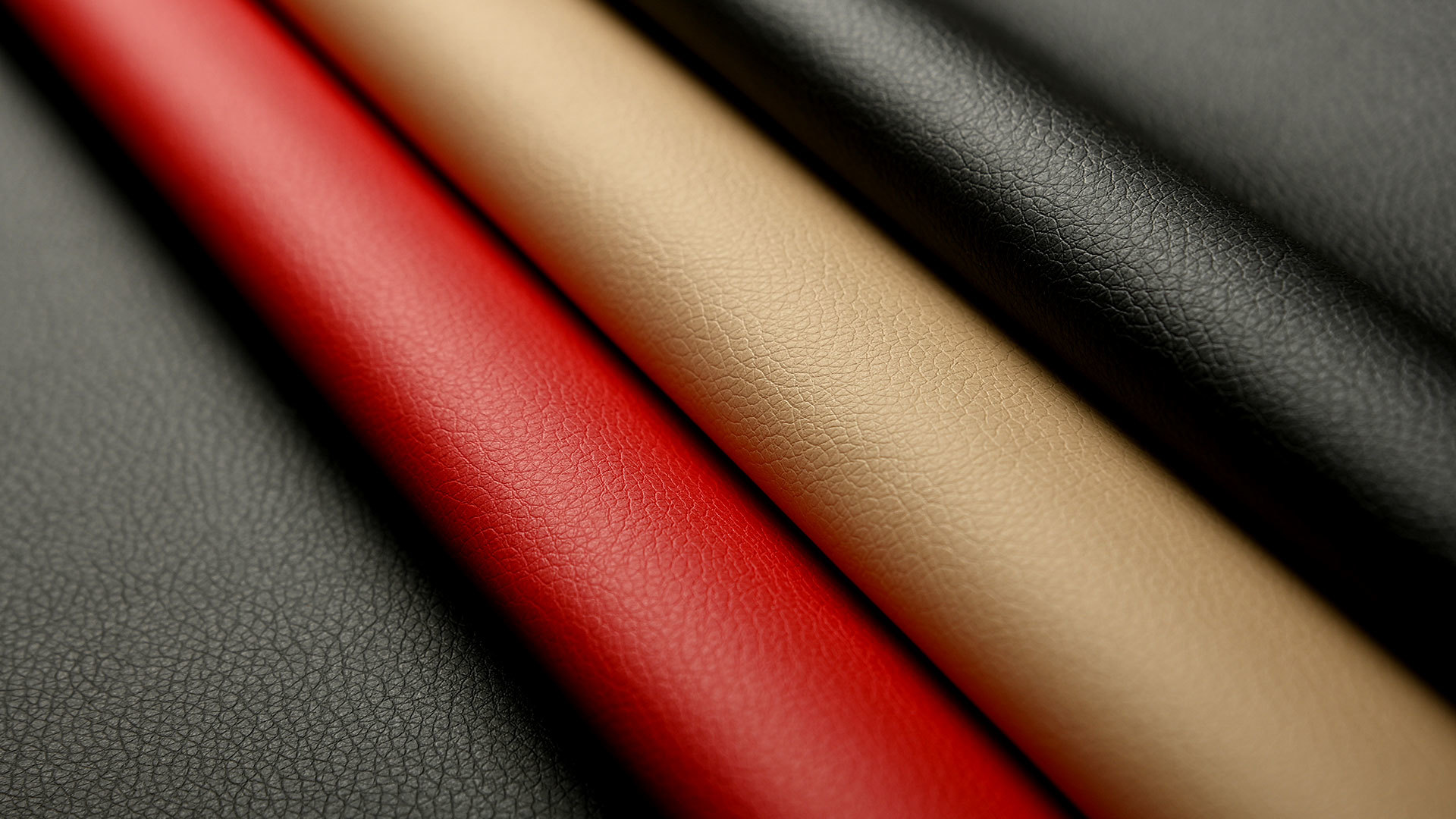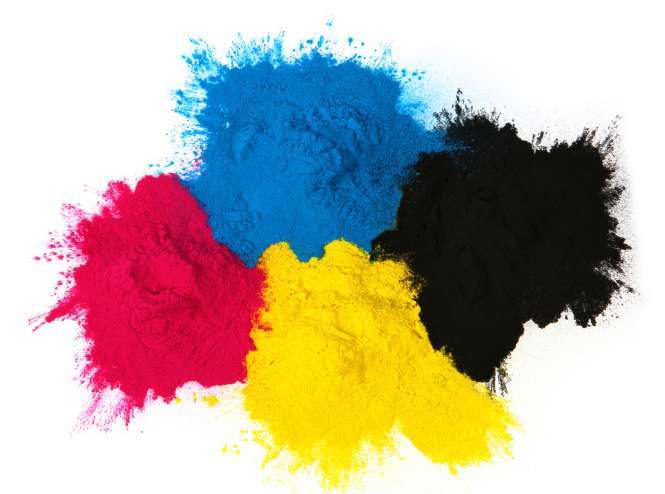What are the advantages of leather dyeing production technology?
2022-08-08
2022-07-27
Knowledge about textile dyes used for pure cotton fabrics.
2022-07-18
The Impact of Textile Dyes on Color Fastness
2022-07-07
There are several dyeing methods for textile dyes.
2022-06-30
A quick share: Understand green textile dyes in one minute.
2022-06-20
How does gamma-aminobutyric acid (GABA) help children grow taller?
2022-06-06
How to distinguish between textile auxiliaries and textile dyes?
2022-04-25
What are textile dyes? A sharing of knowledge about textile dyes.
2022-04-08
Methods to Overcome Insomnia and Anxiety - Gamma-Aminobutyric Acid (GABA)
2022-03-09
What are the effects of gamma-aminobutyric acid (GABA)?
2022-02-22
What is the function of gamma-aminobutyric acid?
2022-01-24










